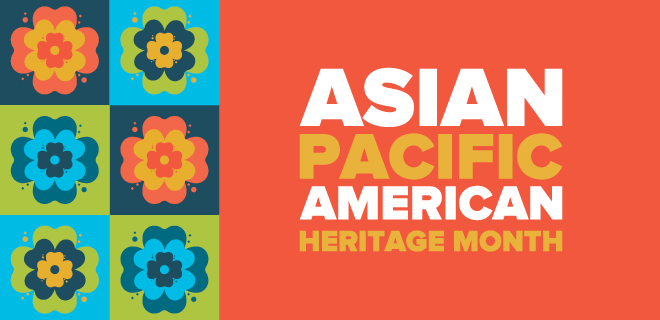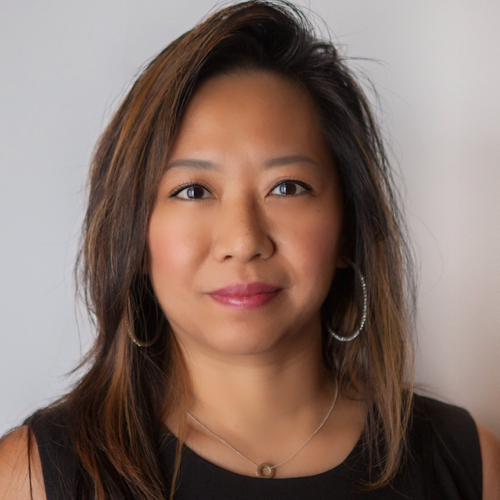
Angelina Eng grew up as an outlier in Queens. While her home life reflected the traditions of her Chinese heritage, outside, she was one of a few Asian children growing up in her neighborhood.
The same was true when she first started in the workplace, very different from the era of diversity, equity, and inclusion we proclaim now. Despite some underlying racial tension, she allowed her work to speak for itself and has subsequently touched every side of the ad tech industry.
Eng watched the digital media industry evolve into what it is today, and now she works with the IAB as VP of Measurement, Addressability, and Data Center. Her focus at IAB is setting standards, best practices and guides for various topics such as cross-channel measurement, data clean rooms, attention metrics, terms & conditions, etc. One she considers a challenging but fulfilling position.
“When I started working at IAB, Google had just announced the deprecation of the third-party cookie. The industry was evolving just as I started a new career phase, ” Eng said. “Going in, I knew that there were going to be some complex challenges in terms of what we could tackle and what we couldn’t and that we’re probably not going to satisfy the entire industry. Everyone’s always looking for standards. But at the same time, it’s not an easy process and requires a lot of patience and collaboration.”
Early Childhood: Finding Space and Identity
Andrew Byrd: Can you tell me a little about yourself? Where did you grow up and how did your upbringing influence your character and work ethic today? 
Angelina Eng: I grew up in a blue-collar family. My father worked in a jewelry manufacturing company, and my mother was a seamstress. She also tried entrepreneurship with a dry cleaning business and owned a sewing factory and jewelry store for a little bit. I could see my parents working hard to acclimate to the neighborhood, my father more than my mother. That mentality has influenced me to this day.
At home, we were very in tune with our Chinese culture, but on the outside, I was an outlier. Outside of my house, it was tough. I was one of the few Asian people in my community, and it was difficult not to experience some form of racism when that was the case. I was one of the shortest girls in class. I didn’t wear the same kind of clothes that everyone else did. I wore the bottleneck glasses. I always had the sense of being the odd one out.
I remember feeling the same way going into the workforce. I started at Y&R advertising, and the industry was still predominantly white male, but I did have a lot of women role models in the organization. There was no overt racism, but an underlying sense was apparent. I remember the executives would often look to others for new pitch meetings. So I had to learn to have a voice and I took on the philosophy I heard from the animated movie Robots. It said, “You find a need, and you fill a need.” I wanted to let my work speak for itself.
Finding the Right Career Path
AB: How did you start your career in ad tech and digital media?
AE: It’s a funny story. I started school pursuing a psychology degree, but my classes were at 8 in the morning, and I didn’t do well. I started accounting afterward but could not get past macro and microeconomics, which were too structured. My final major was home economics, now called consumer and life sciences. It was more than just cooking and sewing. We learned nutrition, but there were also some marketing and strategy courses. That’s where my interest in advertising started.
To get my foot in the door, I started working as an administrative assistant in the U.S. Army account at Y&R, and this was around the time the internet was beginning. One of the VPs at the company was responsible for launching the Army’s first website. I worked with them and the digital team to build the website internally through an up-and-coming company called Brand Dialogue. During that time, I had to decide if I wanted to go the traditional media route or take a risk and join this new digital medium on the rise. They had a position open, and I used my experience from the Army account and joined the digital side of the group.
The Evolution of the Digital Media Industry
AB: You are an ad tech vet with over thirty years of experience. What are your thoughts on how the ad tech ecosystem has changed over the span of your career? Has the evolution been good, bad, or a mixed bag?
AE: So many things are still the same but have evolved drastically over time. When it comes to measurement, there’s been much sophistication that has happened over time. There was no ad serving, DSP, or social media when I started. There weren’t these dashboards that people could go in, and suddenly their campaigns were running.
Brands’ general business needs and philosophy regarding targeting audiences and connecting with outcomes have stayed the same. What has changed is the data set and the amount of data we have. We’ve also come to a place where we need to be conscientious about consumer privacy, which we didn’t consider before. It’s only been within the last three years that it started to be concerning. Much of that has to do with a couple of different forces. One is remarketing. We have companies with programmatic and remarketing technology solutions that consumers and government representatives believe that the industry wasn’t being responsible with data privacy, and consumers became aware of that. Cambridge Analytical exposed consumer data was being shared with companies they didn’t even know existed.
There was also the rise of big tech and the walled gardens. They’ve created a marketplace where some publishers and advertisers believe they have very few choices but to go through them. They feel they have little options to scale their business without particular walled gardens.
Working Towards True DEI
AB: Like other industries, the new era of digital media also strongly focuses on DEI standards. How do you think the ad tech industry is handling the move toward diversity for the AAPI community and other marginalized groups?
AE: When it comes to DEI, we’re starting to have good conversations and some progress. It’s become elevated within the last year and a half to two years. We’ve talked about it for a long time but have not reached the point where we’re all satisfied. I love seeing more diverse commercials and ads that reflect various groups. Although, I do think there is lack of Asian representation. Usually, when people talk about diversity, especially when they decide whom they are marketing and messaging, Asian Americans are not a priority or first to come to mind.
There are also a wide variety of ethnicities and cultures within the Asian community, so it is a challenge to understand how to market toward them. From Chinese to Korean to Bangladesh, we are all so culturally different. That can be difficult when trying to speak to the Asian community.
Here at IAB, we’ve discussed how brands commit to spending X percentage of their spend toward diversity or minority-owned or focused content. There’s a struggle with investing in accredited companies, wanting certain-sized companies, and worries about whether a company is culturally relevant to that community. But how brands invest is not all equal. It’s discouraging that companies are like, let’s invest 3% or 6% of our spend on diversity, but that is not close to reflecting the actual diversity in the country.
AB: Any final words you would like to add?
AE: I’m most proud that during my career, I got to be a representative and a figure in the industry where you, as an Asian American, can have a voice, thrive in different areas, and don’t have to pigeonhole yourself into a career set. I went from account management, media planning, buying to ad ops to analytics, and now I have a position that encompasses all that.
People must expand their skill sets, knowledge, and network as much as possible. If you’re Asian or part of a marginalized group, it’s important to represent you front and center.